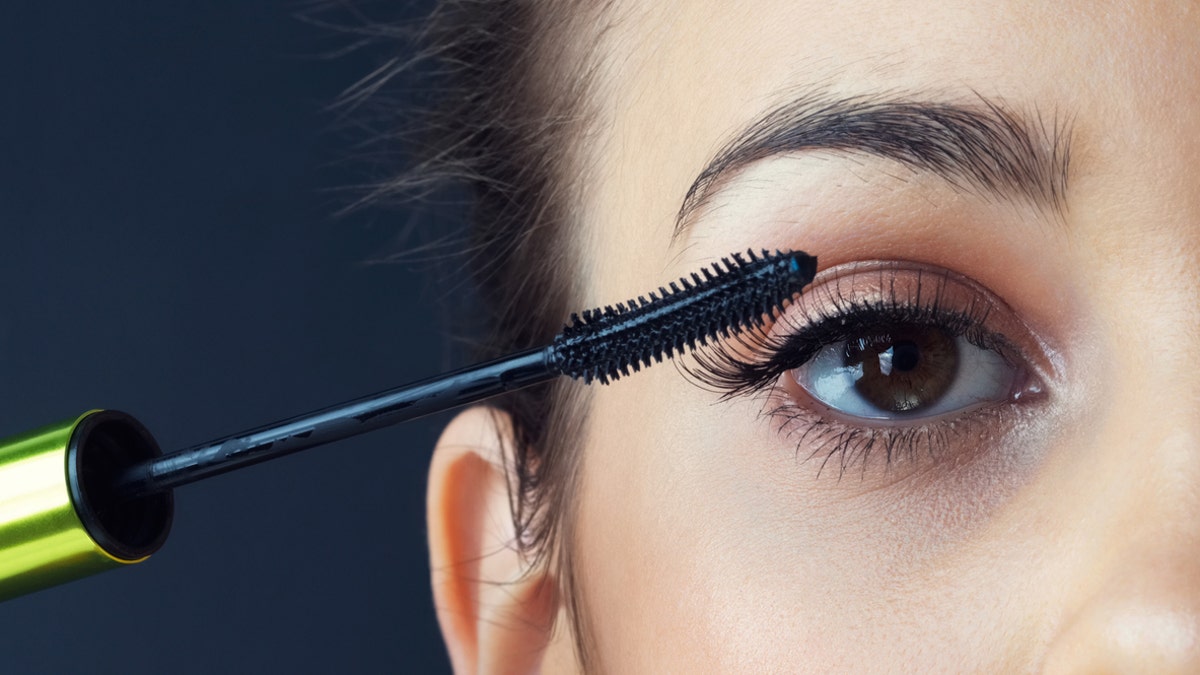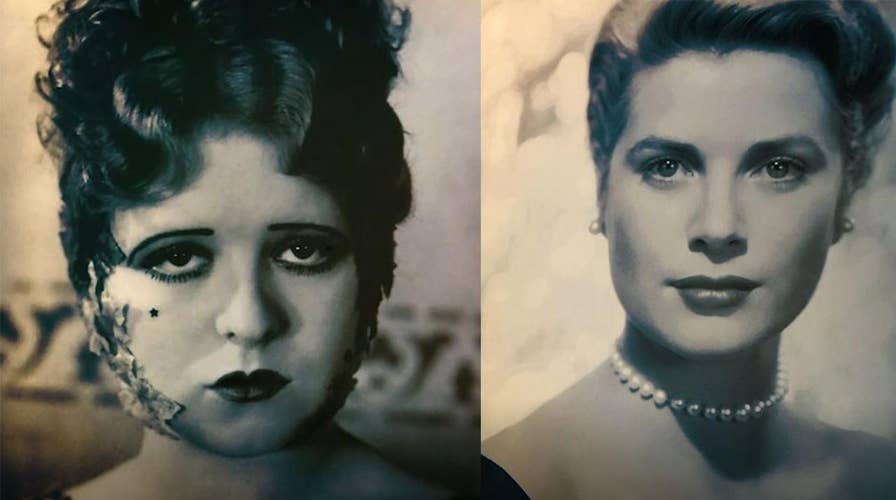History of makeup: How war and women influenced cosmetics
Bésame Cosmetics founder and makeup historian Gabriela Hernandez delivers insights into the billion-dollar cosmetic industry. Learn how makeup was deeply impacted by society’s perception of women.
Humans have been wearing mascara for centuries – with Egyptians inventing it more than 4,000 years ago.
And it’s a staple in many people’s makeup bags, with many women feeling incomplete without it.
However, it might be time to ditch it, at least a few days a week – as doctors warn that putting it on every day can actually do more harm than good.
It comes as many makeup users are using mascara that has past its expiration or leaving it on for longer than they should.
THE HISTORY OF MAKEUP: WHERE DID THE CUPID’S BOW AND CAT EYELINER COME FROM?
In particular, research by the College of Optometrists revealed over half of make-up users do not check the instructions to see how long they should keep their mascara on for, with almost a fifth admitting they didn’t even know that expiration information existed.
Dr. Alexis Granite, consulting dermatologist for Kiehl’s Since 1851, has revealed that constantly wearing mascara can cause inflammation and infection and even loss of your eyelashes.
Lash loss
She said: “Removing eye make-up before you go to sleep is crucial.
“Any product that isn’t taken off has the potential to not only clog your pores, but also cause irritation, inflammation and infections.
“Inflammation around the eyelids can also lead to lash loss.”
Irritation
Similarly, Ceri Smith-Jaynes, optometrist and spokeswoman for the Association of Optometrists, revealed that wearing mascara every day can cause “serious infection” and damage the “tear film.”

The warning comes as many makeup users are using mascara that has past its expiration or leaving it on for longer than they should. (iStock)
“Generally, any cosmetic applied around the eye area can migrate into the eye in a matter of minutes,” she told the Sun Online.
CLICK HERE TO GET THE FOX NEWS APP
“Some mascaras are particularly fibrous and will irritate some patients and some cosmetics will disrupt the coating of tears, which is supposed to cover the surface of the eye as a smooth tear film.
“If this ‘tear film’ is disrupted, the tears evaporate more quickly and the eye becomes dry, again leading to irritation.
“Despite the preservatives in mascara, eventually the bottle is likely to become contaminated with the bacteria that live naturally on your skin – one study showed 30 percent of mascara bottles tested had bacterial contamination after just three months of use.
Demodex mites
“Adding water or saliva to thin the mascara or sharing mascara with others can increase the contamination. When these bacteria reach large numbers, infection is more likely.
“I recommend paying careful attention to the symbol on the bottle (usually says 3M or 6M with an egg timer or open jar symbol) and discarding the bottle after the manufacturer’s recommended period.
CLICK HERE TO SIGN UP FOR OUR LIFESTYLE NEWSLETTER
“Not all eye infections are immediately obvious, so don’t be tempted to lend someone your mascara wand just because they don’t have a sticky, red eye.
“Demodex mites live in many people’s eyelash follicles and can be transferred by sharing mascara.
“These cause gradual inflammation and irritation of the lid margin (blepharitis) and are tough to get rid of.
“Serious infections of the cornea are rare but are more likely if you accidentally scratch your eye with the mascara wand. So, make sure you’re somewhere steady and don’t be tempted to apply your mascara on a moving train or in the car.
“It’s worth mentioning that oil-based eye make-up removers can also disrupt your tear film and are normally needed when the mascara is water-proof.”
It comes after one woman was almost left blind after 25 years of falling asleep with her eye make-up on – causing solid black lumps to become embedded in her eye.
FOLLOW US ON FACEBOOK FOR MORE FOX LIFESTYLE NEWS
Theresa Lynch, 51, saw a doctor suffering with heavy, painful eyelids and her eyes were irritated and weepy.
This story originally appeared on The Sun. Read more content from The Sun here.


